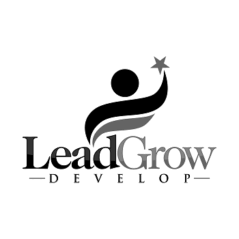Blogging has evolved far beyond being a personal diary on the internet. Today, it’s a legitimate business model that generates revenue, attracts investment, and creates long-term value, just like any other digital asset. But turning a blog into a business doesn’t happen by accident. It requires strategy, systems, and scalability.
Let’s break down what it takes to transform theboringmagazine into a thriving business that grows in value over time.
1. Start with Intent: Treat It Like a Business from Day One
Many bloggers fail to make the leap from side hustle to serious business because they never set it up that way in the first place. To build a scalable digital asset, your blog needs:
- A clearly defined niche
- An audience with measurable intent (e.g., readers looking for celebrity news, product info, or how-to content)
- A monetization plan, whether that’s affiliate links, ad revenue, sponsored content, or digital products
If you know why your blog exists and who it’s for, your growth path becomes much clearer.
2. Build Content That Compounds Over Time
One of the most powerful things about blogging is that great content keeps working long after it’s published. But not all content is created equal. Scalable blogs invest in:
- Evergreen topics that stay relevant for years
- Search-optimized articles that bring in consistent traffic
- Internal linking structures that keep users engaged longer
The goal? To make every post a mini-asset that contributes to long-term value, just like a product or property.
3. Diversify Your Revenue Streams
Once you’re generating traffic, it’s time to monetize intelligently. Don’t just rely on Google AdSense or one-off deals. Think bigger. Think like a business.
Here are a few scalable income models:
- Affiliate marketing: Recommend products with commissions built in.
- Digital products: eBooks, guides, and exclusive content.
- Email funnels: Grow your list, sell courses or membership access.
- Brand partnerships: Long-term relationships, not one-time placements.
As your content base and traffic grow, so does your revenue potential.
4. Invest in Brand and Authority
This is where many bloggers hit a ceiling. Traffic is nice, but authority is scalable. People trust brands, not just websites. That’s why branded search traffic is a major signal that your blog is becoming a real digital asset.
Case in point: search engines are increasingly reflecting more branded queries for growing sites. You may notice branded terms, such as ‘boring magazine net worth,’ showing up in search analytics, an indicator that people are looking for not just content, but the brand behind it.
That’s the turning point.
5. Think Exit or Expansion: Build with the End in Mind
A scalable blog is not solely dependent on you. You can grow a content team, outsource processes, and even position your site for acquisition.
Think of it like this:
If your blog earns $5,000/month and has strong SEO value, a buyer might pay 30x monthly profit, meaning a $150,000 exit. That’s the power of turning content into a business asset.
And if selling isn’t the goal, that same structure lets you scale further—launch products, spin off sub-brands, or partner with other platforms.
Final Thoughts
The gap between “just a blog” and a real business is smaller than most people think. It comes down to shifting your mindset, systematizing your efforts, and creating value that compounds over time. Content isn’t just content anymore—it’s a business asset, a revenue engine, and yes, even a brand.
And when people start searching for your site by name? You’ll know you’re on the right path.
